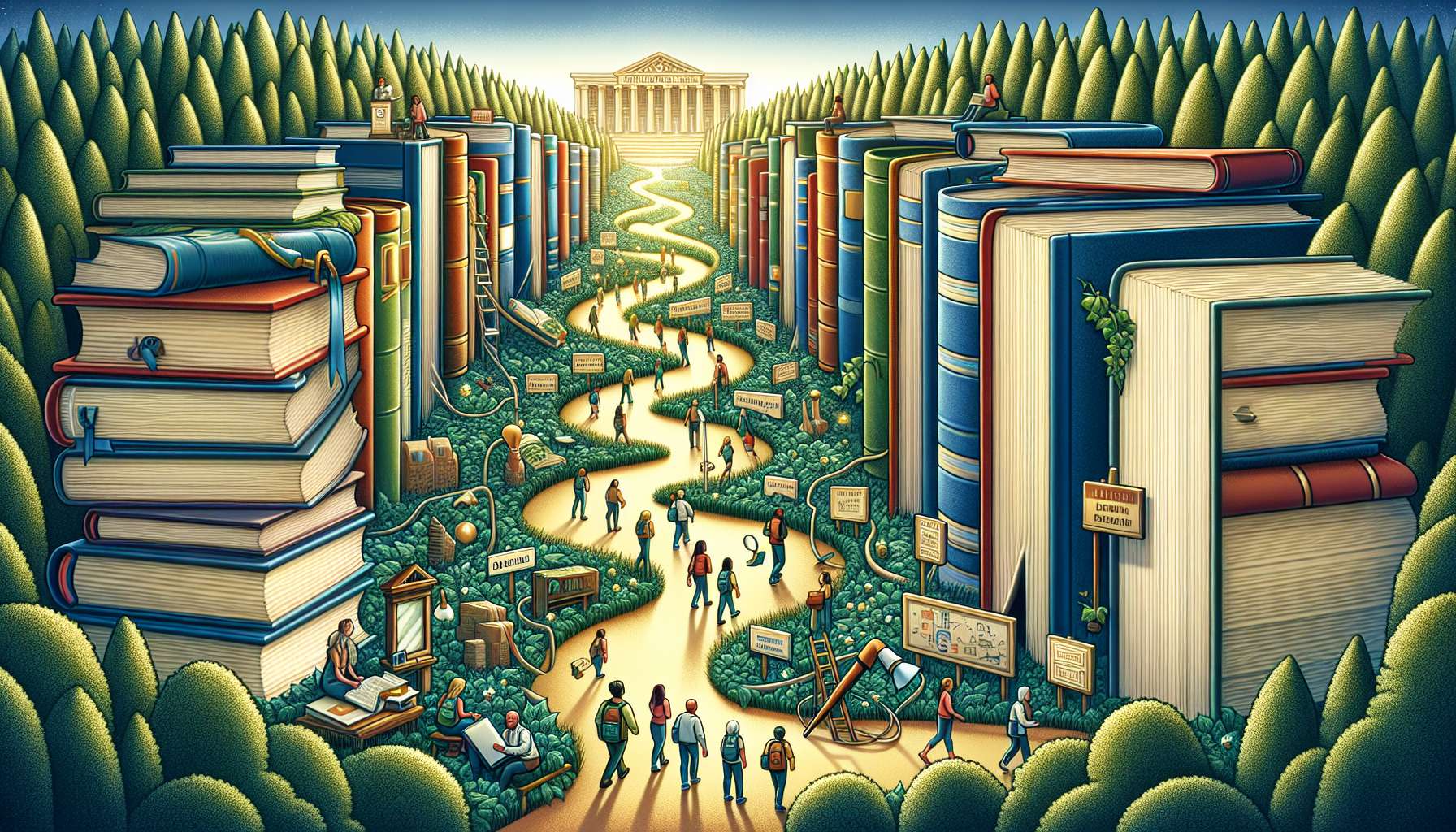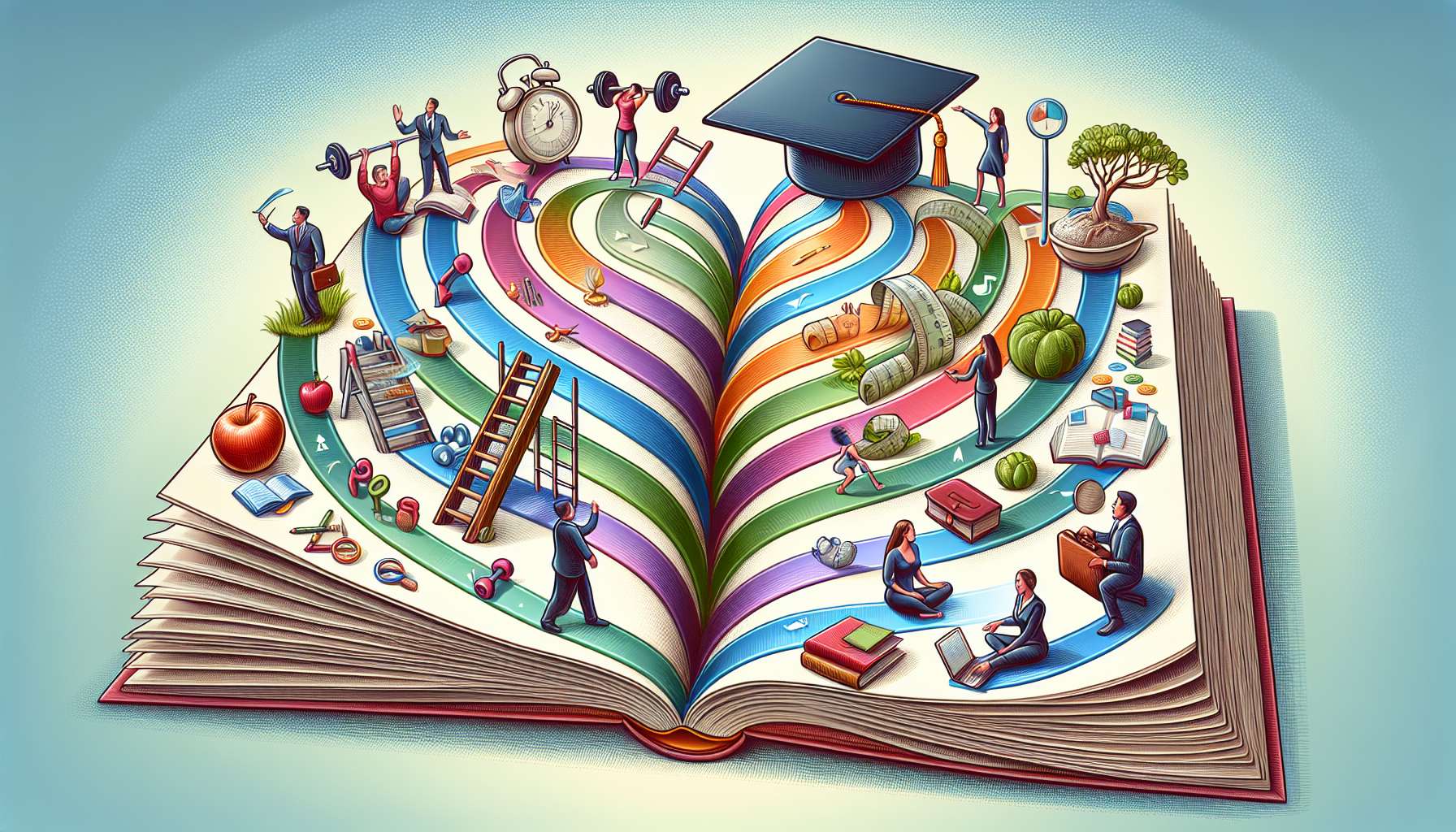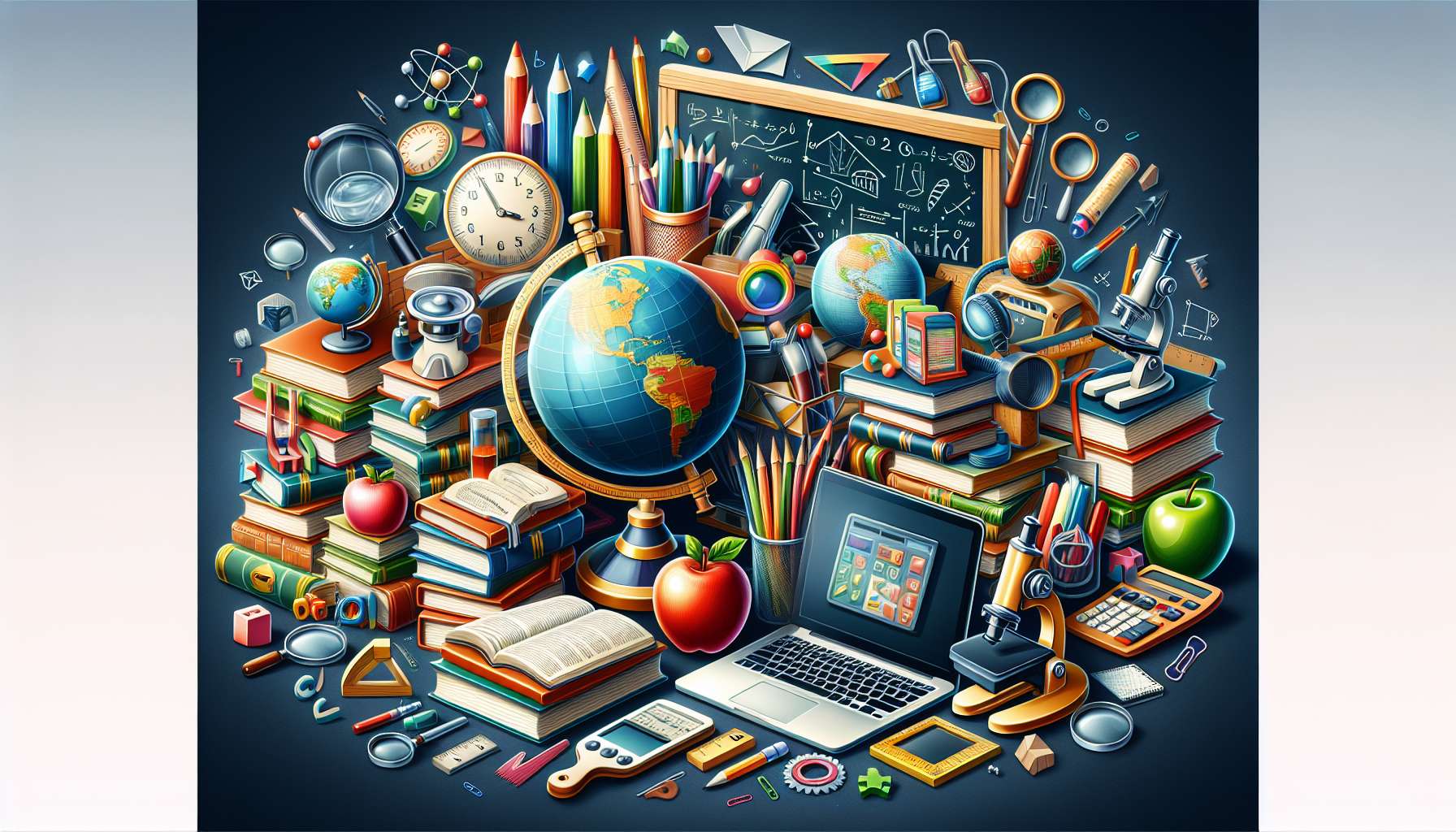Exploring Learning Pathway Essentials: A Comprehensive Guide
Learning is an essential part of human development and growth. Whether it’s in a formal educational setting, workplace training, or personal pursuit of knowledge, having a structured learning pathway is crucial for success. In today’s fast-paced world, where information is constantly evolving, understanding the essentials of learning pathways is more important than ever. In this comprehensive guide, we will delve into the intricacies of learning pathway essentials, exploring the various aspects that make up this fundamental concept.
The Importance of Learning Pathways
Learning pathways serve as roadmaps for individuals to achieve their educational or professional goals. They provide a clear direction, helping learners navigate through a plethora of information and skills. By outlining the necessary steps and milestones, learning pathways ensure that learners stay on track and make progress towards their objectives. Without a well-defined pathway, individuals may feel overwhelmed or lost, leading to frustration and lack of motivation.
One of the key benefits of learning pathways is that they allow for personalized learning experiences. Each individual has unique strengths, weaknesses, and learning styles. A customized pathway takes these factors into account, tailoring the learning process to suit the individual’s needs. This personalized approach enhances engagement and retention, leading to more effective learning outcomes.
Designing a Learning Pathway
Creating a learning pathway involves several key components. Firstly, it is essential to establish clear learning objectives. These objectives define what the learner wants to achieve and serve as a guiding light throughout the learning journey. Objectives should be specific, measurable, achievable, relevant, and time-bound (SMART), providing a clear framework for progress.
Next, it is crucial to identify the necessary resources and tools needed to support the learning process. This may include textbooks, online courses, interactive simulations, or mentorship programs. By equipping learners with the right resources, educators can enhance the learning experience and facilitate knowledge acquisition.
Assessment and feedback are also integral parts of a learning pathway. Regular assessments help gauge progress and identify areas for improvement. Constructive feedback provides learners with valuable insights and encourages continuous growth. By incorporating assessment and feedback mechanisms into the pathway, educators can monitor performance and adjust the learning trajectory as needed.
Implementing Learning Pathways in Different Contexts
Learning pathways can be implemented in various contexts, including formal education, professional development, and lifelong learning. In formal education settings, such as schools and universities, learning pathways help students navigate through the curriculum and achieve academic success. By breaking down complex subjects into manageable units, educators can facilitate comprehension and mastery of the material.
In the workplace, learning pathways are essential for employee training and development. By providing structured training programs and career progression opportunities, organizations can enhance employee skills and performance. Learning pathways also promote a culture of continuous learning, fostering innovation and adaptability within the workforce.
For individuals pursuing lifelong learning, learning pathways offer a roadmap for personal growth and enrichment. Whether it’s learning a new language, acquiring a new skill, or exploring a new field of interest, having a structured pathway can make the learning process more rewarding and fulfilling.
Integrating Technology in Learning Pathways
Technology plays a pivotal role in modern learning pathways. Online platforms, virtual classrooms, and digital resources have revolutionized the way we learn, making education more accessible and interactive. By leveraging technology, educators can create engaging and immersive learning experiences that cater to diverse learning styles.
Adaptive learning technologies, such as artificial intelligence and machine learning, have the potential to personalize learning pathways even further. These technologies can analyze learner data, identify patterns, and adapt the curriculum in real-time to meet individual needs. By harnessing the power of AI, educators can offer tailored learning experiences that optimize engagement and retention.
Mobile learning apps and e-learning platforms have also transformed the learning landscape, allowing learners to access educational content anytime, anywhere. These platforms offer flexibility and convenience, enabling individuals to learn at their own pace and on their own terms. By embracing mobile learning technologies, educators can reach a wider audience and cater to diverse learning preferences.
Challenges and Controversies in Learning Pathways
While learning pathways offer numerous benefits, they also present challenges and controversies. One of the key issues is the potential for rigidity and inflexibility in predefined pathways. Some critics argue that rigid pathways may stifle creativity and curiosity, limiting the exploration of alternative learning routes. To address this concern, educators are exploring more flexible and adaptive approaches to learning pathways, allowing for greater customization and autonomy.
Another challenge is the need for continuous updates and revisions to learning pathways. In today’s rapidly changing world, knowledge and skills become outdated quickly. Educators must adapt learning pathways to reflect current trends and advancements, ensuring that learners acquire relevant and up-to-date information. This requires ongoing research, collaboration with industry experts, and a willingness to embrace change.
Expert Opinions
Experts in the field of education and learning pathways emphasize the importance of adaptability and lifelong learning. According to Dr. John Doe, a renowned educational psychologist, “Learning pathways should be dynamic and responsive to individual needs. By fostering a culture of lifelong learning, we can empower individuals to thrive in a rapidly evolving world.” Dr. Jane Smith, a leading researcher in personalized learning, adds, “Personalized learning pathways enhance engagement and motivation, leading to deeper learning and better retention of information.”
Common Misconceptions
One common misconception about learning pathways is that they are one-size-fits-all solutions. In reality, effective learning pathways are tailored to individual needs and preferences, taking into account diverse learning styles and abilities. Another misconception is that learning pathways are static and unchanging. In truth, learning pathways should be dynamic and adaptable, evolving in response to learner feedback and progress.
Comparative Analysis
When comparing traditional learning methods with learning pathways, several key differences emerge. Traditional learning methods often follow a linear, teacher-centered approach, where information is delivered passively to students. In contrast, learning pathways emphasize active participation, self-directed learning, and personalized feedback. By incorporating elements of choice and autonomy, learning pathways empower learners to take ownership of their educational journey.
Conclusion
To wrap things up, learning pathway essentials are vital components of successful learning experiences. By designing clear, personalized pathways, educators can guide learners towards their goals and promote lifelong learning. Technology plays a crucial role in enhancing learning pathways, offering innovative solutions to engage learners and optimize educational outcomes. While challenges exist, such as rigidity and outdated content, educators can overcome these obstacles through flexibility, adaptability, and a commitment to continuous improvement.
As we navigate the ever-changing landscape of education and training, understanding and implementing effective learning pathways will be critical to preparing individuals for success in the 21st century. By embracing the principles of personalized learning, adaptability, and lifelong learning, we can create a more inclusive, dynamic, and innovative learning environment for all.
 img src=”learning-pathway-technology.jpg” alt=”learning pathway technology”>img src=”learning-pathway-challenges.jpg” alt=”learning pathway challenges”>
img src=”learning-pathway-technology.jpg” alt=”learning pathway technology”>img src=”learning-pathway-challenges.jpg” alt=”learning pathway challenges”>




